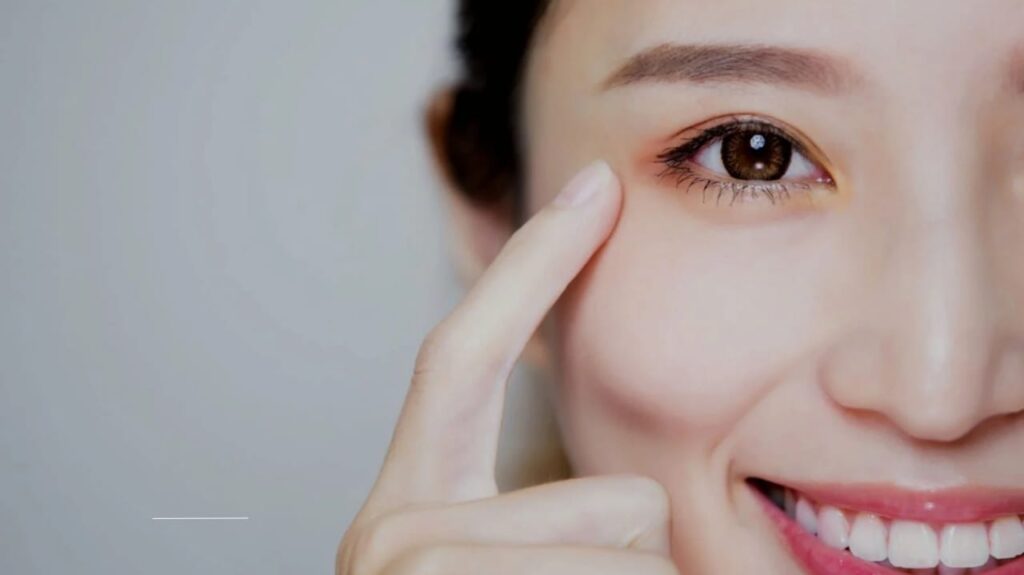
For millions of people, recovering from COVID-19 doesn’t mark the end of the journey. Lingering symptoms, often referred to as Long COVID, continue to disrupt lives—and emerging research highlights a surprising connection: Long COVID’s impact on eye health, particularly in women. One key player in this puzzle? Cortisol, the body’s primary stress hormone. Let’s explore how these factors intersect and what it means for those navigating post-COVID health challenges.
Understanding Long COVID’s Wide-Ranging Effects
Long COVID—a term for symptoms persisting weeks or months after initial infection—affects an estimated 10–30% of COVID survivors, according to the World Health Organization. Common issues include fatigue, brain fog, and shortness of breath. But lesser-known symptoms, like eye discomfort, light sensitivity, and blurred vision, are increasingly reported, especially among women.
A 2024 study published in JAMA Ophthalmology found that 22% of Long COVID patients experienced ocular symptoms, with women accounting for nearly 70% of these cases. Researchers suspect hormonal differences and immune responses may explain this disparity.
Why the Eyes? A Window Into Systemic Inflammation
The eyes aren’t isolated from the rest of the body. They’re vulnerable to inflammation, blood flow changes, and nerve damage—all hallmarks of Long COVID. For example:
- Dry eye syndrome: Reduced tear production or quality, causing irritation.
- Blurred vision: Linked to inflammation of the optic nerve or eye muscles.
- Light sensitivity: Often tied to migraines or nervous system dysfunction.
Dr. Anita Patel, an ophthalmologist at the University of California, explains: “The eyes reflect systemic health. Persistent inflammation from Long COVID can disrupt delicate tissues, leading to chronic symptoms.”
Cortisol: The Double-Edged Sword of Stress
Cortisol, produced by the adrenal glands, helps regulate metabolism, immunity, and stress responses. But chronic stress—physical or emotional—can lead to cortisol dysfunction. In Long COVID, this imbalance may worsen eye issues.
How Cortisol Affects Eye Health:
- Reduced Tear Production: High cortisol levels suppress tear secretion, worsening dry eyes.
- Increased Intraocular Pressure: Linked to glaucoma risk in susceptible individuals.
- Inflammation: Prolonged cortisol exposure weakens immune regulation, fueling inflammation in ocular tissues.
A 2023 study in The Lancet noted that women with Long COVID had 40% higher cortisol levels than men, potentially explaining their heightened vulnerability to eye-related symptoms.
Why Are Women More Affected? Hormones and Beyond
Biological and social factors contribute to women’s disproportionate burden:
- Estrogen Fluctuations: Estrogen supports tear production and corneal health. Post-COVID hormonal shifts may destabilize this balance.
- Autoimmune Predisposition: Women represent 80% of autoimmune disease cases, hinting at immune-related mechanisms in Long COVID.
- Caregiver Stress: Women often juggle caregiving roles, amplifying stress—and cortisol—levels.
“It’s a perfect storm,” says Dr. Linda Kim, a rheumatologist specializing in post-viral syndromes. “Hormonal vulnerability, immune reactivity, and societal pressures converge uniquely in women.”
Real Stories: Women Share Their Experiences
Case Study 1: Maria, 34
After a mild COVID infection, Maria developed severe dry eyes and light sensitivity. Blood tests revealed elevated cortisol. “My eyes felt like sandpaper. It took months to connect it to Long COVID,” she says.
Case Study 2: Priya, 42
Priya’s post-COVID vision blurring worsened with work stress. A retinal scan showed inflammation, which improved with cortisol-lowering techniques like meditation.
Managing Cortisol for Better Eye Health
While research evolves, practical strategies can help:
Lifestyle Adjustments:
- Stress Reduction: Mindfulness, yoga, or deep breathing to lower cortisol.
- Sleep Hygiene: Aim for 7–9 hours nightly; poor sleep spikes cortisol.
- Balanced Nutrition: Omega-3 fatty acids (found in fish, flaxseeds) reduce dry eye symptoms.
Medical Support:
- Artificial Tears: For dry eye relief.
- Anti-Inflammatory Diets: Emphasize leafy greens, berries, and turmeric.
- Low-Dose Steroids: In severe cases, under medical supervision.
Dr. Rachel Nguyen, an integrative medicine specialist, advises: “Addressing cortisol isn’t just about the eyes—it’s about holistic healing.”
The Future of Long COVID Research
Scientists are racing to unravel these connections. Current studies explore:
- Cortisol-targeted therapies for Long COVID.
- Gender-specific treatment protocols.
- Links between viral persistence in eye tissues and chronic symptoms.
“Every month, we learn more,” says Dr. Patel. “The goal is personalized care that addresses the root causes, not just the symptoms.”
